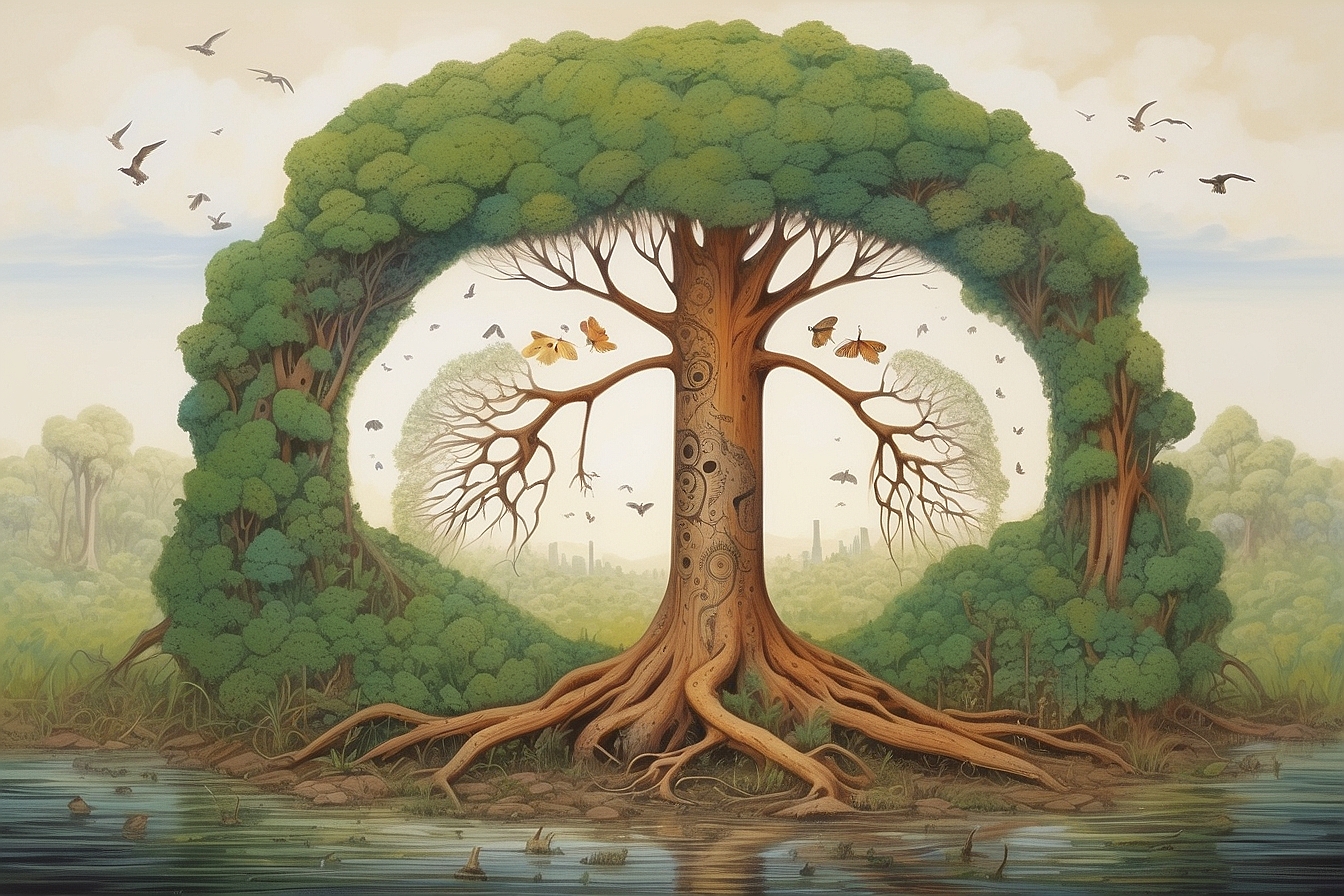Since the Industrial Revolution, mass extinctions —to name a few—should come as no surprise. Indeed, Mother Earth is far from pleased with our shortsighted and selfish ways. There is no doubt that the world around us is changing, and there are many indicators of this change, some obvious and destructive, some less obvious, but very telling. Such is the case with indicator species of which may go unnoticed by the greater public, but are a repository of valuable information regarding the health of the environment.
Introduction to Indicator Species
Formally, indicator species are organisms that reflect the health of an ecosystem as well as changes in the environment through their presence, absence, or abundance.3 They are notable for their extreme sensitivity to environmental instability and are used by scientists as early warning signs for potential damage to ecosystems. These organisms—be they plants or animals—can detect changes in climate change , inter alia.4 Indicator species can be both abiotic (non-living) or biotic (living) so long as they have meaningful and revealing effects on the surrounding biological ecosystem.5 A good indicator species is sensitive and reflects the cause of changes in the environment, widespread, easily measurable and observable, “[has] occurrence related to dynamic processes or functions,” and is “cross-referable to other indicators, while having independent attributes.”6
There are several types of species that act as indicator species, including: flagship species, umbrella species, and keystone species. It is important to note that not all organisms in these species types can be considered indicator species. Separate from those that are indicator species, organisms within these three species types are primarily used as ecosystem management tools. Of the species that are indicator species, many scientists and conservationists have benefited from their ability to signal biological changes in an ecosystem, allowing for a better understanding of a particular environment and perhaps of the most effective management practices.
Flagship Species
Flagship species are species that evoke sympathy and arouse the public interest. They are typically used as the poster child of major conservation campaigns.7 Flagship species are thus large and charismatic, like the polar bears, koalas, and sea turtles—you can understand the rationale behind using flagship species as a conservation tool.8 While flagship species are successful at attracting public attention, those that also serve as indicator species are most appealing to a manager. Because flagship species are by default monitored due to the public’s interest, if they are at all reflective of the surrounding environment, monitoring that species becomes that much more meaningful.
For example, in 1995, the Southern sea otter experienced a decline in populations due to a disease found in their food.9 Sea otters are an integral component of a delicate food chain consisting of sea urchins and kelp. As the sea otters started to disappear, sea urchins began to thrive in an environment void of their most prevalent predator and thus destroyed the surrounding kelp forests. Kelp forests are home to a copious amount of marine organisms and without them, ecosystems fell apart.10 Thus, the southern sea otter—being a playful and endearing marine mammal—is an excellent flagship species and is also a great indication of the health of surrounding ecosystems—an overall great species to monitor!
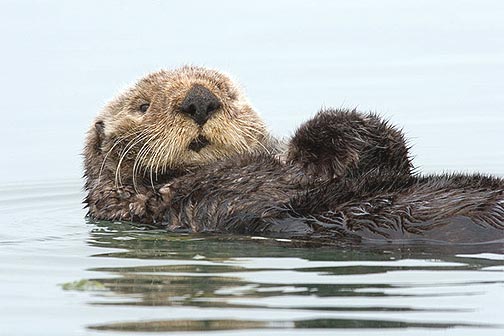
Sea otter hanging out in Morro Bay, California ☺ 11
Umbrella Species
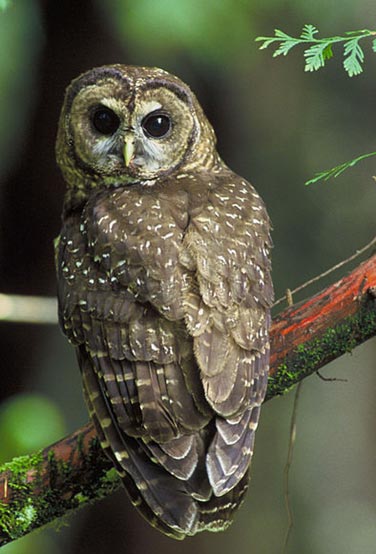
The Northern Spotted Owl12
Umbrella species are those whose habitat covers a large tract of land. Thus, protection of umbrella species will inevitably protect many other species.13 They are typically migratory, such as large mammals or birds.14 One of the most contentious umbrella species that is also an important indicator species is the Northern spotted owl. The Northern spotted owl inhabits old-growth forests .
Keystone Species
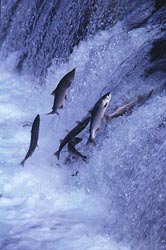 20Keystone species are critical to the proper functioning of an ecosystem, contributing hugely to their environment relative to their abundance.17 They are especially important for community structure and the biodiversity within an ecosystem.18 Similar to the other species types mentioned above, keystone species have been used for conservation with the assumption that protecting the keystone species will likely target ecological health. Salmon is both a keystone species as well as an indicator species. Salmon provide the primary source of protein to predators such as grizzly bears and eagles.19 As anadromous creatures—they live in both freshwater and the ocean—salmon migrate up rivers from the ocean in order to spawn. After the journey, they die off and are then natural fertilizers for the surrounding riparian vegetation. In fact, approximately 80% of nitrogen found in riparian soils comes from salmon.21 As an indicator species, salmon require specific conditions in order to survive, such as water quality and temperature. Thus, the presence of salmon greatly reflects the health of an aquatic ecosystem, especially because many aquatic organisms are just as sensitive to changes in water temperature.
20Keystone species are critical to the proper functioning of an ecosystem, contributing hugely to their environment relative to their abundance.17 They are especially important for community structure and the biodiversity within an ecosystem.18 Similar to the other species types mentioned above, keystone species have been used for conservation with the assumption that protecting the keystone species will likely target ecological health. Salmon is both a keystone species as well as an indicator species. Salmon provide the primary source of protein to predators such as grizzly bears and eagles.19 As anadromous creatures—they live in both freshwater and the ocean—salmon migrate up rivers from the ocean in order to spawn. After the journey, they die off and are then natural fertilizers for the surrounding riparian vegetation. In fact, approximately 80% of nitrogen found in riparian soils comes from salmon.21 As an indicator species, salmon require specific conditions in order to survive, such as water quality and temperature. Thus, the presence of salmon greatly reflects the health of an aquatic ecosystem, especially because many aquatic organisms are just as sensitive to changes in water temperature.
The Importance of Indicator Species Continues
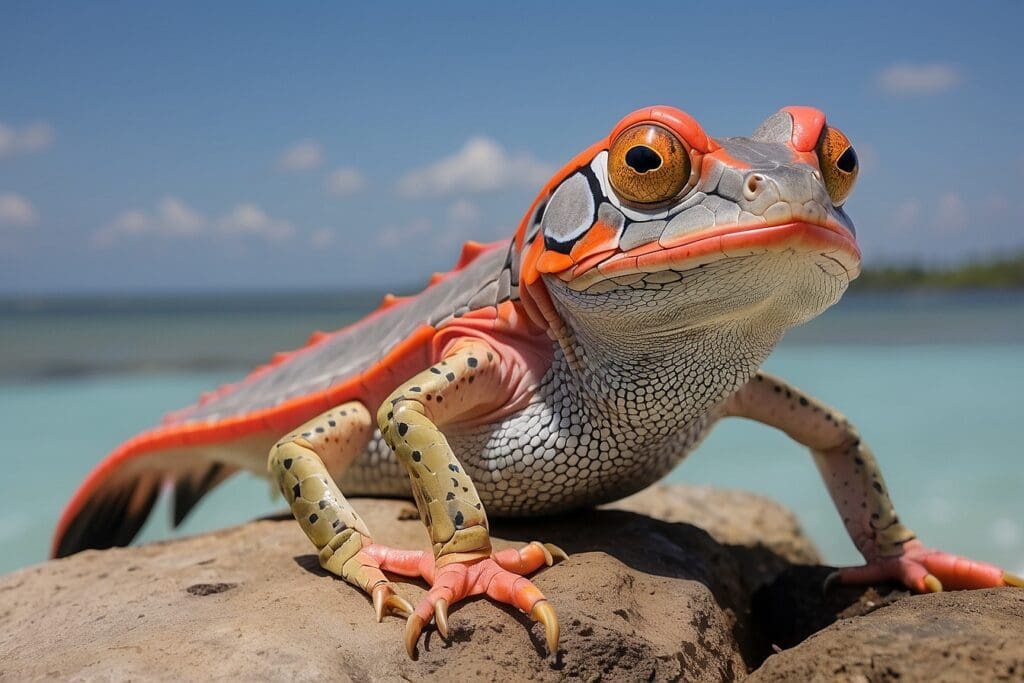
Indicator species can say a great deal about important changes in our environment. They have been used in research to further knowledge about conservation and monitoring efforts. As our world continues to change, we must be able to record and monitor the subsequent effects on our environment. This will help us prepare for various conservation efforts or policy actions that will necessarily enable us to give back to our Earth and attempt to mitigate human impact on the environment.



